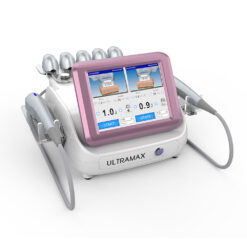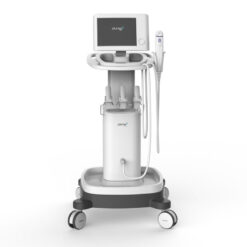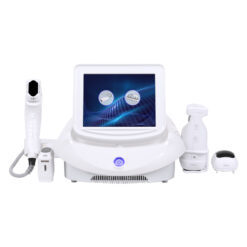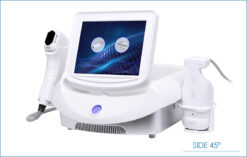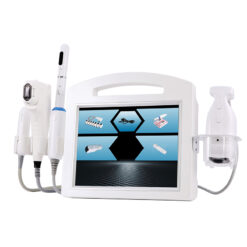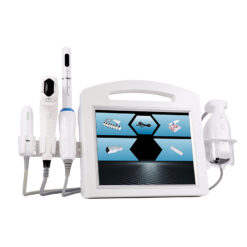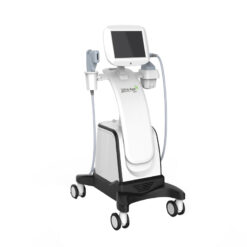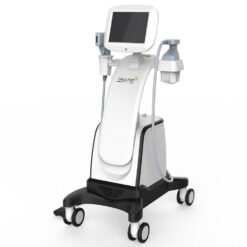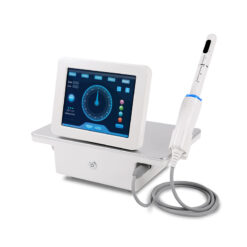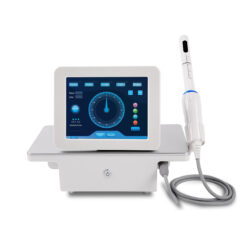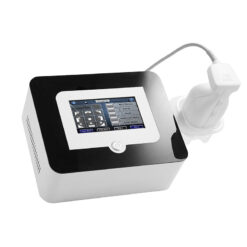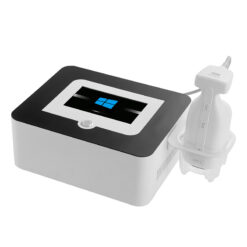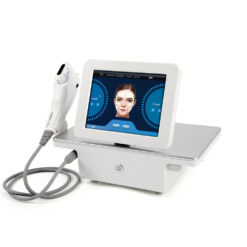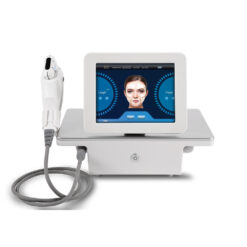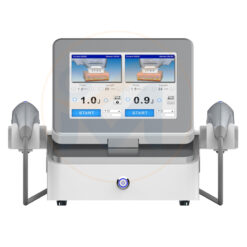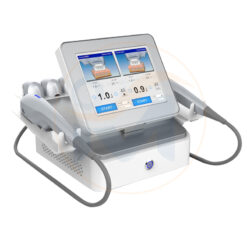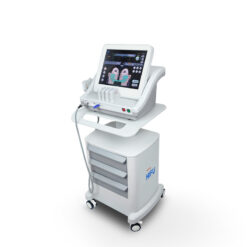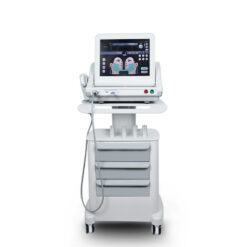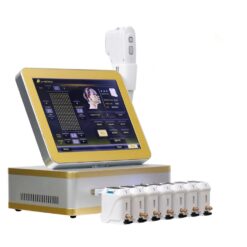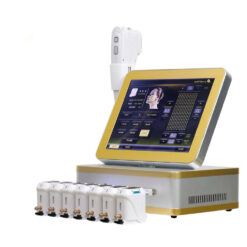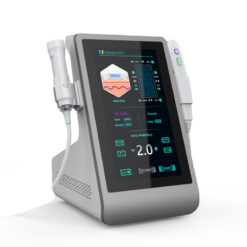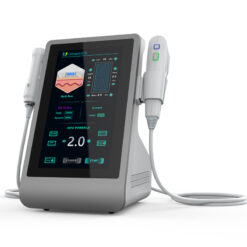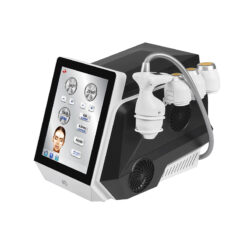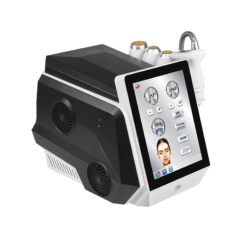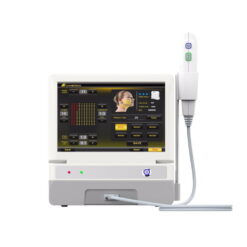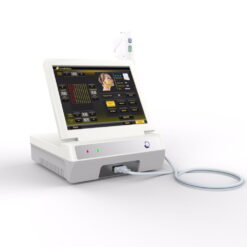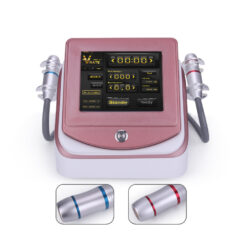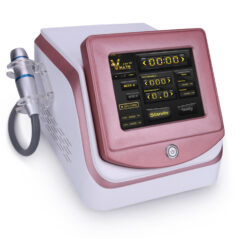HIFU stands for High-Intensity Focused Ultrasound. It is a non-invasive medical procedure that uses focused ultrasound waves to heat and target specific tissue layers beneath the skin’s surface. HIFU technology has various medical and aesthetic applications, and it is commonly used for procedures such as skin tightening, wrinkle reduction, and non-surgical facelifts. Here’s an overview of what HIFU is and how a HIFU machine is used:
What is HIFU? HIFU is a technology that utilizes high-intensity ultrasound waves to deliver precise and focused energy to targeted areas of tissue within the body. When these ultrasound waves converge at a specific point, they generate heat, causing coagulation, tissue remodeling, and collagen production. HIFU is primarily used for two purposes:
- Medical Applications:
- HIFU has been employed in medical settings for the treatment of various conditions, including uterine fibroids, prostate cancer, and certain tumors.
- In medical applications, HIFU is typically performed by trained healthcare professionals and may involve monitoring with imaging techniques like ultrasound or MRI to ensure precise targeting of the treatment area.
- Aesthetic and Cosmetic Applications:
- In the aesthetic and cosmetic field, HIFU is used for non-surgical facelifts, skin tightening, and wrinkle reduction.
- HIFU machines designed for aesthetic use are non-invasive and target specific layers of the skin without damaging the surface, making them suitable for treating facial and body areas.
How to Use a HIFU Machine for Aesthetic Purposes: Using a HIFU machine for aesthetic treatments should be done by trained and licensed professionals who understand the technology and its applications. Here’s a general overview of how a HIFU machine is used for cosmetic purposes:
- Patient Consultation:
- Before the procedure, a patient consultation is conducted to assess the individual’s suitability for HIFU treatment. The provider will discuss the patient’s goals and expectations.
- Skin Cleansing:
- The treatment area is thoroughly cleansed to remove any makeup, dirt, or oils.
- Ultrasound Gel Application:
- A clear ultrasound gel is applied to the treatment area. This gel helps to ensure proper ultrasound transmission and minimize discomfort.
- HIFU Application:
- The HIFU machine is calibrated and set to the desired parameters based on the treatment plan.
- The handheld device is then placed on the skin, and the HIFU energy is delivered to specific depths within the skin or underlying tissue layers.
- The provider moves the device in a controlled manner to cover the entire treatment area.
- Monitoring and Adjustment:
- During the procedure, the provider may monitor the patient’s skin condition and comfort level.
- Adjustments to the depth and intensity of the HIFU energy may be made as needed.
- Post-Treatment Care:
- After the procedure, the skin may appear slightly red or swollen, but this typically subsides within a few hours to a few days.
- Patients are usually advised to avoid direct sunlight, use sunscreen, and follow specific post-treatment instructions provided by the provider.
- Results and Follow-Up:
- Some patients may see initial results shortly after treatment, but the full effects of HIFU may take several weeks to become apparent as collagen production increases.
- Follow-up sessions may be recommended to achieve and maintain the desired results.
It’s important to note that HIFU treatments should only be performed by trained and licensed professionals in authorized medical or aesthetic settings. The specific protocols and techniques may vary depending on the HIFU machine and the patient’s needs. Always consult with a qualified provider to determine if HIFU is a suitable option for your aesthetic goals.
HIFU PRODUCT






